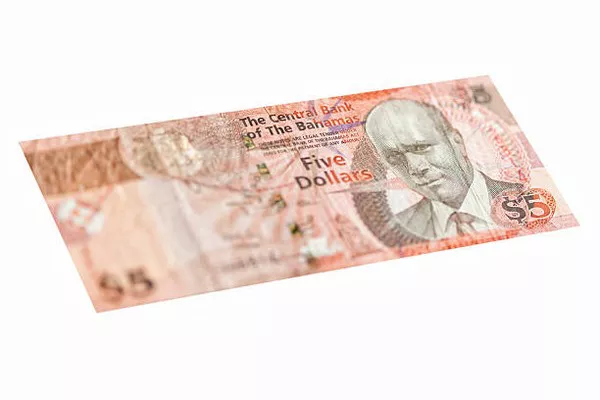The Bahamian dollar, the official currency of the Commonwealth of The Bahamas, features a distinctive and regal portrait on its banknotes – that of Queen Elizabeth II. The inclusion of the reigning British monarch on the currency of this Caribbean nation is a testament to the enduring historical ties between The Bahamas and the United Kingdom. In this article, we explore the reasons behind Queen Elizabeth II’s presence on the Bahamian dollar and the significance it holds for the country.
Historical Ties and Commonwealth Connection:
The Bahamas, a former British colony, gained its independence on July 10, 1973. However, the country chose to remain a member of the Commonwealth, recognizing the shared historical, cultural, and political ties with the United Kingdom. As a constitutional monarchy, The Bahamas retained the British sovereign as its ceremonial head of state, a position currently held by Queen Elizabeth II.
The inclusion of Queen Elizabeth II on the Bahamian dollar serves as a symbol of this ongoing relationship and underscores the historical roots that bind the two nations. The Commonwealth connection is a source of pride for many Bahamians, as it reflects a commitment to shared values and mutual respect.
Symbolism and Tradition:
The decision to feature Queen Elizabeth II’s portrait on the Bahamian dollar is steeped in symbolism and tradition. The presence of a reigning monarch on the currency is a longstanding practice within the Commonwealth realms. It represents not only a nod to historical continuity but also a celebration of the constitutional and diplomatic ties between the countries.
For The Bahamas, the Queen’s image on the banknotes is a visual representation of the country’s constitutional structure and its place within the broader Commonwealth family. It serves as a reminder of the country’s journey from colonial status to an independent nation that retains its connection to the British Crown.
Cultural Heritage and National Identity:
Beyond the political and historical aspects, Queen Elizabeth II’s presence on the Bahamian dollar is deeply intertwined with the country’s cultural heritage and national identity. The British monarchy has played a significant role in shaping The Bahamas’ history, and the inclusion of the Queen’s image pays homage to this shared legacy.
The use of the monarch’s portrait on the currency reflects a sense of continuity and stability, values that are integral to the Bahamian identity. It also serves as a link to the past, connecting the present generation with the historical forces that have shaped the nation. The use of the Queen’s image on the currency becomes a tangible expression of national pride and a connection to a broader global community through the Commonwealth.
Tourism and International Recognition:
The Bahamian dollar, adorned with Queen Elizabeth II’s portrait, also serves as a powerful symbol for international recognition and tourism. The Queen’s image is instantly recognizable worldwide, and its presence on the currency can act as a familiar and reassuring symbol for visitors to The Bahamas.
Tourism is a crucial component of the Bahamian economy, and the use of the Queen’s image on the currency can contribute to the country’s appeal as a destination with strong historical ties to the Commonwealth. For many tourists, the sight of the Queen on the Bahamian dollar may spark curiosity and interest, prompting them to explore the rich history and cultural heritage of the nation.
See Also What Is On The Bahamas Currency Note?
Conclusion:
The inclusion of Queen Elizabeth II’s portrait on the Bahamian dollar is a multi-faceted decision that encompasses historical, political, cultural, and economic considerations. It symbolizes the enduring ties between The Bahamas and the United Kingdom, the strength of the Commonwealth connection, and the country’s commitment to its cultural heritage and national identity.
As The Bahamas continues to evolve and grow, the presence of Queen Elizabeth II on the currency stands as a reminder of the shared history that binds the nation to its past and connects it to a broader global community. The Queen’s image on the Bahamian dollar is not merely a representation of monetary value; it is a symbol of tradition, continuity, and the lasting bond between The Bahamas and the British Crown.


